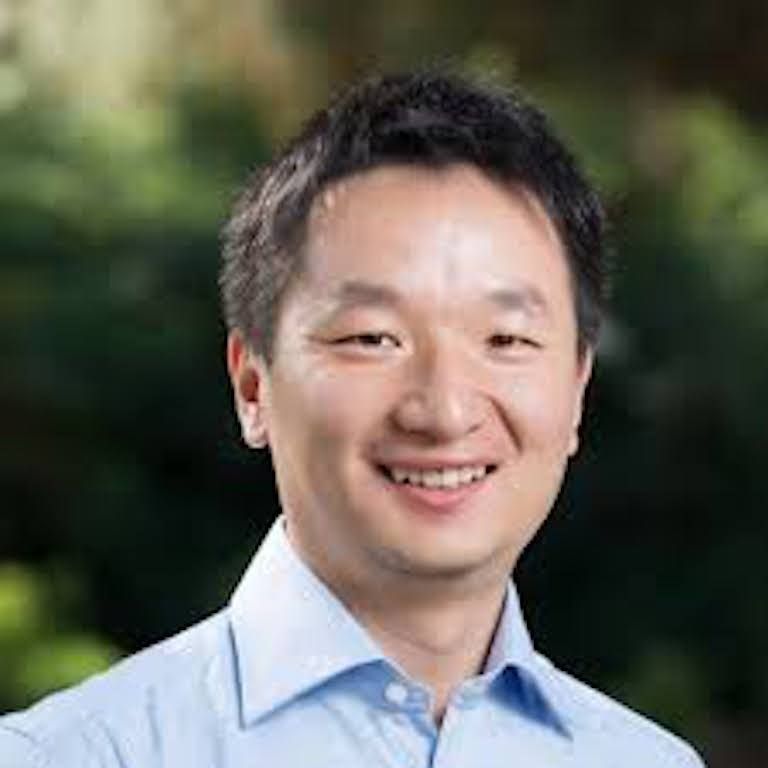Yongtao Cui, UC Riverside, Imaging Emergent Electronic States in 2D Quantum Materials

Zoom Details
Seminar
2:00 pm - 3:00 pm
Zoom Link:For Zoom Information Please Contact: QF-admin@cnsi.ucsb.edu
Speaker
Yongtao Cui
Assistant Professor in the Department of Physics and Astronomy
UC Riverside
Bio
Yongtao Cui is an Assistant Professor in the Department of Physics and Astronomy at the University of California, Riverside. He obtained his BS in Physics from Peking University in 2005, and his PhD degree in Applied Physics from Cornell University in 2011. His PhD study focused on the spin torque in nanomagnets. He then moved to Stanford University for postdoc research on the development of Microwave Impedance Microscopy and its applications on the study of electronic states in quantum materials. He joined UC Riverside in the summer of 2016.
Abstract
2D systems based on atomically thin materials offer a rich playground to discover new types of electronic states. Spatially resolved electrical probes provide direct access to these states on the mesoscopic scale, complementing conventional transport techniques. In this talk, I will present two recent studies on 2D electronic states employing Microwave Impedance Microscopy (MIM), a scanning probe technique that senses materials’ capacitance and conductivity on the nanoscale. First, we study the moiré superlattice formed by two monolayers of semiconductors, WS2 and WSe2. We find that a series of correlated insulating states appear at simple fractional fillings of the moiré lattice, some of which can persist up to 120 K, indicating strong electron interaction. Our simulations suggest that charges form ordered patterns at these filling fractions. Second, we study the Chern insulator state in thin flakes of MnBi2Te4 (both odd and even layers). We image the formation of the Chern insulator gap and the chiral edge states as the sample is driven from an antiferromagnetic to ferromagnetic phase by a magnetic field. In particular, a band crossing feature is resolved to correlate with the evolution of the magnetic state, indicating the role of the magnetic order in the formation of the topological gap.